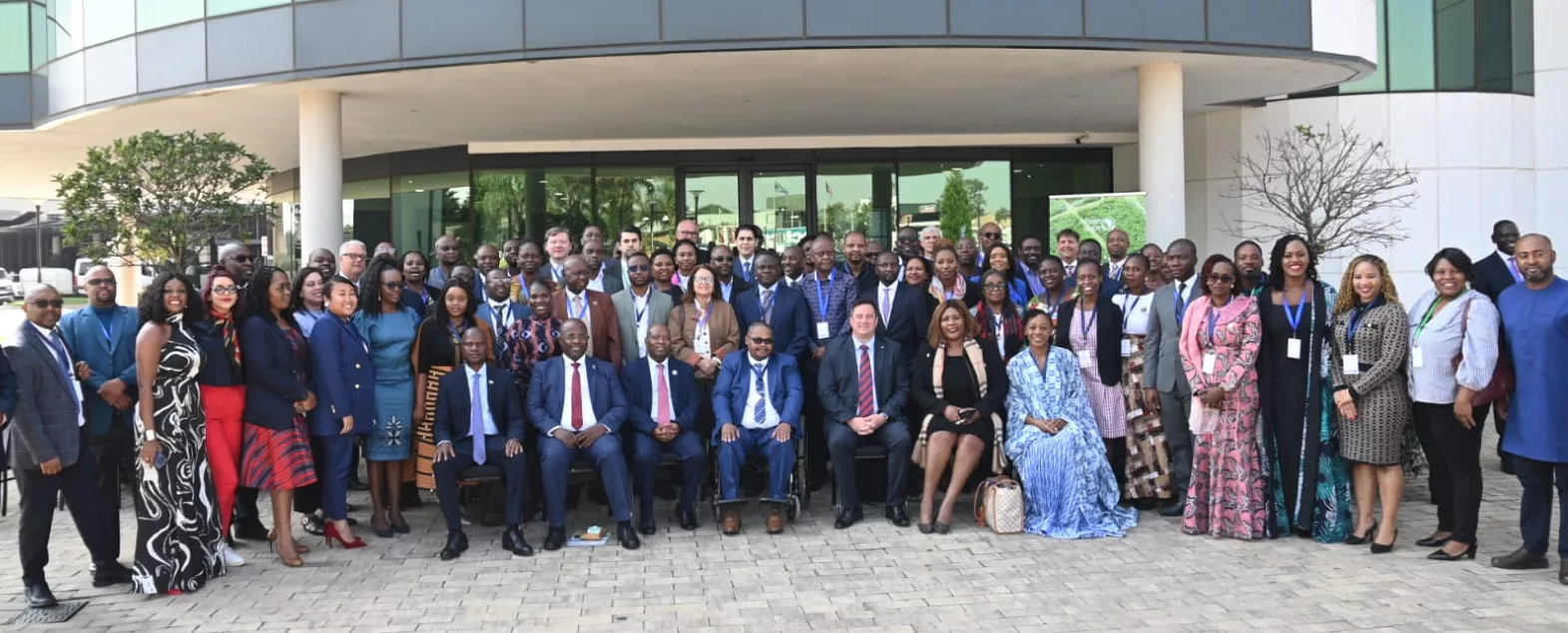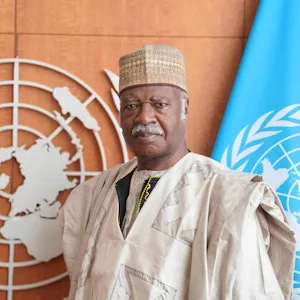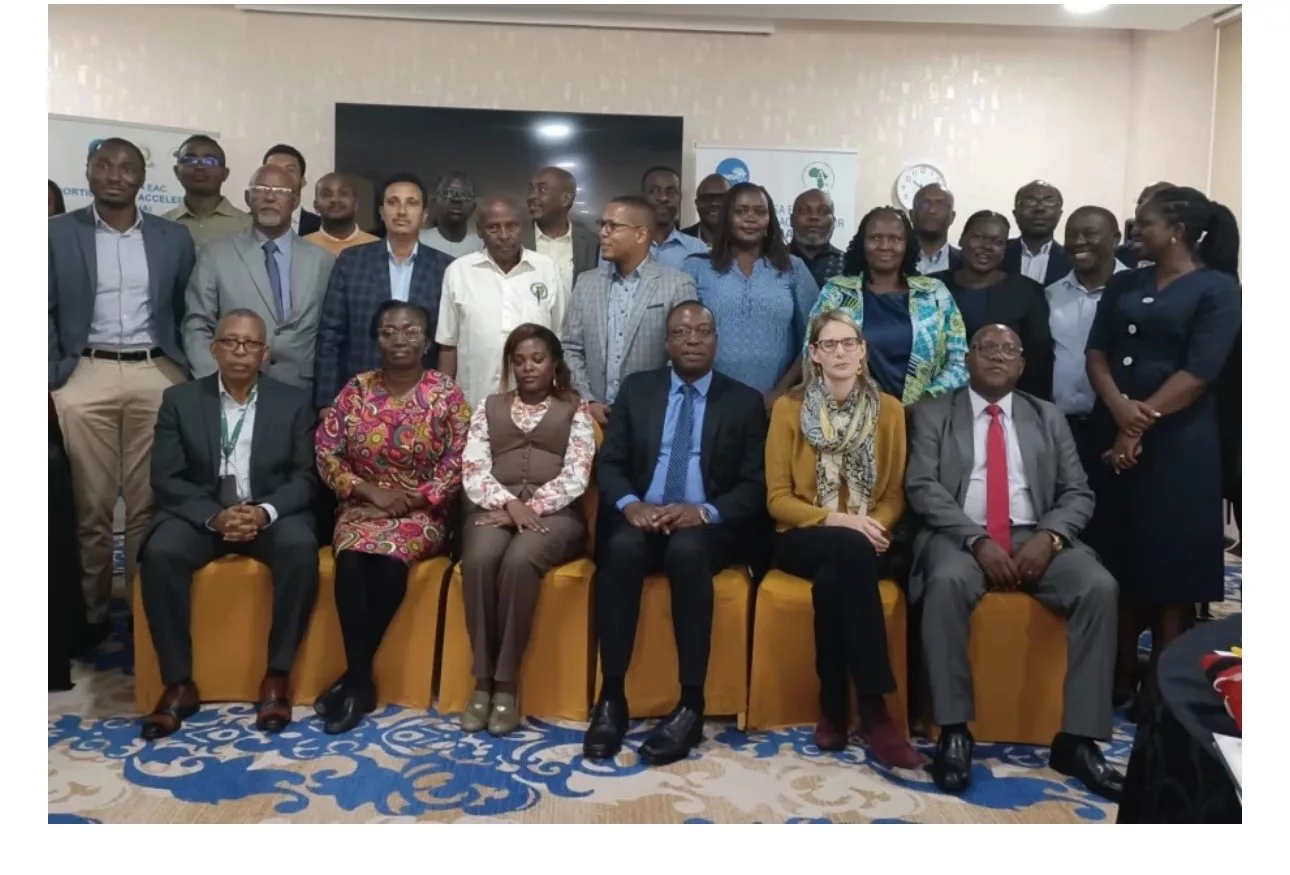|
Getting your Trinity Audio player ready...
|
A high-level virtual technical session convened by the African Union (AU) saw a robust debate on how best to shape the new set of indicators that will drive progress tracking under the Kampala Declaration, which forms the backbone of the post-Malabo Comprehensive Africa Agriculture Development Programme (CAADP) agenda.
Speaking at the meeting, Agnes Obua-Ogwal, a technical lead from the African Union Commission (AUC), laid out the proposed roadmap for how new indicators would be developed and integrated into the CAADP Results Framework for the next decade. She emphasized the importance of aligning all indicator development efforts with the six strategic objectives outlined in the Kampala Declaration. Agnes also stressed that every proposed indicator must be clearly defined and supported by standards and templates to ensure consistency and clarity.
“This is not an easy process,” she cautioned. “Indicators must be rigorously defined. Standards, templates, and alignment with strategic objectives are non-negotiable. We are learning from the Malabo experience and correcting course.”
The meeting welcomed wide-ranging input from stakeholders, including development partners, statisticians, and national representatives from across Africa. A recurring concern was how to balance the ambition for comprehensive data with the realities of national data collection capacity.
Data vs. Feasibility: Voices from the Field
Dr. Greenwell Matchaya, Deputy Representative of the International Water Management Institute and a senior economist based in Pretoria, highlighted a potential shortfall in the proposed criteria. “Some indicators are difficult to measure, but that doesn’t mean they’re not important,” he said, citing the Women’s Empowerment Index as a key example. “Should we omit indicators simply because they’re hard to collect? Or should we keep them in to inspire capacity building?”
His comments echoed a central tension in the conversation: the importance of high-value indicators versus the feasibility of consistent data collection.
Responding to this, Lao Kenao from the AUC emphasized the need for accountability from proposing institutions. “If you propose an indicator, you must also help put in place the infrastructure for collecting its data. The AUC cannot afford to carry the full burden.”
Calls for Simplicity, Integration, and Capacity Building
Dorian and Dominique from the FAO Statistics Division raised concerns about the apparent contradiction in calls to reduce the number of indicators while also demanding data across multiple logical levels—inputs, outputs, outcomes, and impacts. “We must streamline, but we also must be practical,” Dorian warned.
Dominique went further, pointing out persistent challenges like fragmented reporting systems and inadequate national capacity. He recommended aligning indicator data with existing national reporting mechanisms and building in the use of alternative data estimation methods—already common in global SDG tracking.
Digital Transformation and Farmer Inclusion
From Uganda, Semwanga proposed a digital platform that aggregates and tracks indicator performance by country and pillar in real time. “Let’s harmonize our efforts digitally. Transparency and access are key,” he said.
Julia Fofanah, a representative of farmers from West Africa, added a grassroots perspective, urging the inclusion of farmers in the data collection process. “Over 50% of farmers can’t read or write. How can we ensure accurate reporting without training them?” she asked. “Capacitating farmers is vital for quality data.”
AU Response and the Way Forward
In a detailed response, Kenao acknowledged that many of the concerns raised were familiar from the Malabo era—but stressed that this time, implementation would focus on practicality, country ownership, and sustainability. He confirmed that the AU plans to build on existing successes, such as regional biennial review platforms, and strengthen national systems to be interoperable with continental ones.
“We are not starting from zero,” he said. “This time, we will ensure resources, technical support, and digital tools are in place from the beginning.”
He also outlined plans for a “cross-cutting technical working group” to address key systemic issues—like communication, advocacy, resourcing, and knowledge management.
A Warning Against Repeating Mistakes
Dr. Clement Adjorlolo, the Principal Programme Officer for Agriculture and Rural Transformation at the African Union Development Agency (AUDA-NEPAD), delivered a sobering reminder.
“We risk sounding like a broken record,” he warned. “The issues raised today are not new. We have the evidence, the reviews, the lessons. The challenge is to act on them—guided by science, not convenience.”
He emphasized that ownership must begin with the member states. “You can’t push a chain. You must pull it. We need to design systems that pull action from the ground up.”
Conclusion
The meeting underscored the complex but critical work underway to ensure that the next ten years of CAADP under the Kampala Declaration are grounded in measurable, practical, and inclusive progress. With technical experts and policymakers unified in their call for smarter data, stronger systems, and deeper inclusion, the African Union appears poised to turn lessons from the past into progress for the future.






